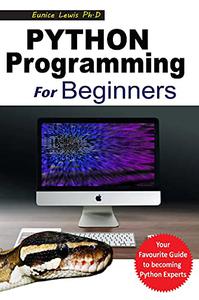 PYTHON PROGRAMMING FOR BEGINNERS: The Ultimate Beginner's Guide to Learning Python, Even If You're Completely New to Programming, Complete with Hands-On Projects Examples by Eunice Lewis Ph.D
PYTHON PROGRAMMING FOR BEGINNERS: The Ultimate Beginner's Guide to Learning Python, Even If You're Completely New to Programming, Complete with Hands-On Projects Examples by Eunice Lewis Ph.DEnglish | 2022 | ISBN: N/A | ASIN: B09D3Q845T | 152 pages | EPUB | 0.18 Mb
Python's history began in the late 1980s, when its creator, Guido van Rossum, began working on it. Python is the ABC programming language's heir. Python's first version was released in 1991, and it has only grown exponentially since then. It now has a large community that regularly releases new updates. Guido van Rossum is also known as the "Lifetime Benevolent Dictator." The Python community bestowed this title on him to recognize his long-term commitment and dedication to the project, as well as his role as project leader for so long. Python is a high-level interpreted programming language that is used for general-purpose programming all over the world. It is a free and open-source programming language licensed by the Free Software Foundation (FSF) and the Open-Source Initiative (OSI) (OSI). Its source code, like that of some other programming languages, is available under the GNU General Public License (GPL). Python 2.x, the legacy version, was previously used all over the world. After Python 2.7, it no longer received newer features and security updates, so users migrated to Python 3.x. Throughout this book, we will concentrate on the Python 3.x version, which is the most recent and is still in active development. Before we continue, I'd like to remind everyone that the goal of this book is to clarify your understanding of Python by explaining technical terms in layman's terms using code snippets and practical examples. I also wanted to make sure that the reader was not bored while reading the book, so I'll be including some visually appealing code snippets.
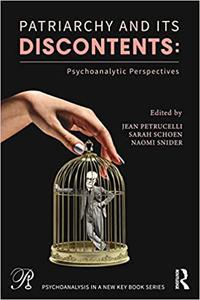


![S.T.A.L.K.E.R. 2 / STALKER 2: Heart of Chornobyl - Ultimate Edition (2024) [+UPDATE 23.12.2024 - v1.1.3] ElAmigos / Polska wersja językowa](https://i.postimg.cc/Zqd8RWGY/UZG8PBE.jpg)




































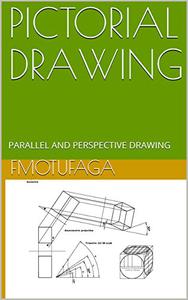
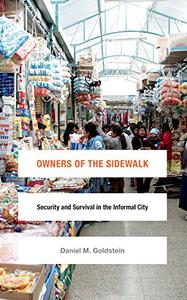
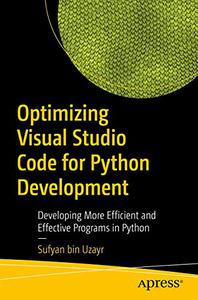

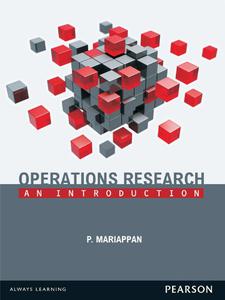
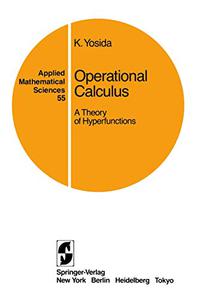
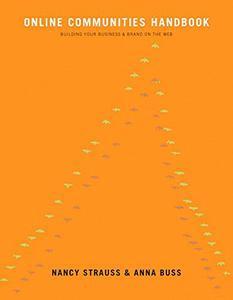
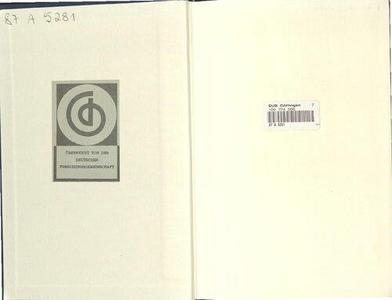







![David Gilmour - Luck and Strange (2024) [FLAC]](https://i.imgur.com/everaBc.jpeg)
![Męskie Granie Orkiestra - Męskie Granie 2024 (2024) [FLAC]](https://i.imgur.com/FAyOxrM.jpeg)
![The Rolling Stones - Hackney Diamonds (2023) [FLAC]](https://i.imgur.com/wCkyyUN.jpg)
![Lady Gaga - Harlequin (2024) [FLAC]](https://i.imgur.com/dcgIA8D.jpeg)
![Natalia Kukulska - Dobrostan (2024) [FLAC]](https://i.imgur.com/bdljG3O.jpeg)
![Kaśka Sochacka - Ta druga (2024) [FLAC]](https://i.imgur.com/hORQKvn.jpeg)
![Kuba Sienkiewicz - Pani Bóg (2024) [FLAC]](https://i.imgur.com/qijCx8Z.jpeg)
![Lanberry - Heca (2024) [FLAC]](https://i.imgur.com/8P7QfeR.jpeg)
![Sara James - PLAYHOUSE (2024) [FLAC]](https://i.imgur.com/m4f8OKg.jpeg)
![Grzegorz Hyży - EPILOG (2024) [FLAC]](https://i.imgur.com/8DA2sBr.jpeg)
![Myslovitz - WIECZORAMI CHŁOPCY WYCHODZĄ NA ULICE (2024) [FLAC]](https://i.imgur.com/l9mMtIG.jpeg)
![Krzysztof Zalewski - ZGŁOWY (2024) [FLAC]](https://i.imgur.com/vh48RAc.jpeg)
![Krzysztof Cugowski - Wiek to tylko liczba (2024) [FLAC]](https://i.imgur.com/SBzgqe2.jpeg)
![Nosowska - Kasia i Błażej (2024) [FLAC]](https://i.imgur.com/mObvVXQ.jpeg)
![sanah - Pianinkowe Kaprysy (2024) [FLAC]](https://i.imgur.com/pVjjPAa.jpeg)
![Kwiat Jabłoni - Pokaz slajdów (2023) [FLAC]](https://i.imgur.com/diERHfZ.jpg)
![Robert Cichy - Spacer po Warszawie (2024) [FLAC]](https://i.imgur.com/ixleU9o.jpeg)
![Viki Gabor - Terminal 3 (2024) [FLAC]](https://i.imgur.com/Q1KCnDs.jpeg)
![Sanah - Kaprysy (2024) [FLAC]](https://i.imgur.com/71OZm4h.jpeg)
![Męskie Granie Orkiestra - Męskie Granie 2023 (2023) [FLAC]](https://i.imgur.com/U4YHo8d.jpg)




